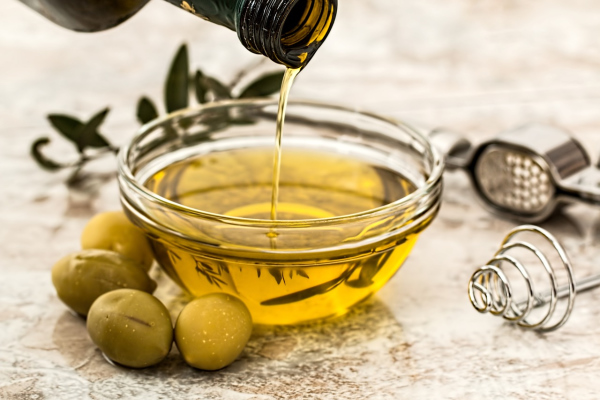 |
The Finest Harvest in Every Bottle:PDO/DOP Certified Extra Virgin Olive Oils |
 |
The Finest Harvest in Every Bottle:PDO/DOP Certified Extra Virgin Olive Oils |

How to Choose the Best Extra Virgin Olive Oil: A Buyer’s GuideCheck the Harvest DateWhen selecting extra virgin olive oil (EVOO), one of the most important factors to consider is the harvest date. Freshly harvested olive oil has better taste and higher nutritional value. Look for bottles with a clear harvest date and aim to consume the oil within 18 months of that date. Avoid oils that do not provide this information, as they may be past their prime. Packaging MattersThe packaging of EVOO is crucial for preserving its quality. Choose oils stored in dark glass bottles or tins, as these materials protect the oil from light exposure, which can cause oxidation and spoilage. Clear bottles and plastic containers should be avoided, as they do not offer the same level of protection. Acidity LevelHigh-quality EVOO has an acidity level of less than 0.8%. Lower acidity indicates better quality and taste. Always check the label for acidity information. If the acidity level is not listed, it may be a sign of lower quality oil. Certification and AwardsLook for certifications such as PDO (Protected Designation of Origin) or PGI (Protected Geographical Indication), which guarantee the oil’s authenticity and quality. These certifications ensure that the oil meets specific production standards and comes from a designated region known for its high-quality olives. Awards from reputable competitions can also be a good indicator of quality. Taste TestIf possible, taste the oil before buying. High-quality EVOO should have a balanced flavor with a mix of fruitiness, bitterness, and pepperiness. It should leave a pleasant tingling sensation at the back of your throat. Avoid oils that taste musty, rancid, or overly bitter, as these are signs of poor quality or spoilage. Price ConsiderationsWhile price is not always an indicator of quality, very cheap EVOO might not be genuine. Investing in a moderately priced oil from a reputable brand is usually a safer bet. Remember that high-quality EVOO is a product of careful cultivation, harvesting, and production, which can justify a higher price. Reading the LabelCarefully read the label of the EVOO you are considering. Look for detailed information about the producer, region, and olive variety. Authentic and high-quality oils will often provide this information, indicating transparency and a commitment to quality. Labels should also specify that the oil is "extra virgin," as other terms like "pure" or "light" do not indicate the same level of quality. Expert TipsChef Antonio Rossi advises, "Taste the oil before buying. High-quality EVOO should have a balanced flavor with a mix of fruitiness, bitterness, and pepperiness." For insights into what makes EVOO healthy, visit our Health Benefits of Extra Virgin Olive Oil article. Explore different olive oil grades in Olive Oil Grades Explained and learn about the production process in The Science Behind Extra Virgin Olive Oil Extraction. |
Disclaimer: Some articles on this site mention various health benefits of extra virgin olive oils. Some of the benefits have been researched and some are from individual's personal experiences. In any case, these articles are not intended to act as a medical reference. If you are using, or are considering using olive oil for specific health related issues, you are advised to speak with your health care provider for advice pertaining to your situation. These articles are for educational purposes only.